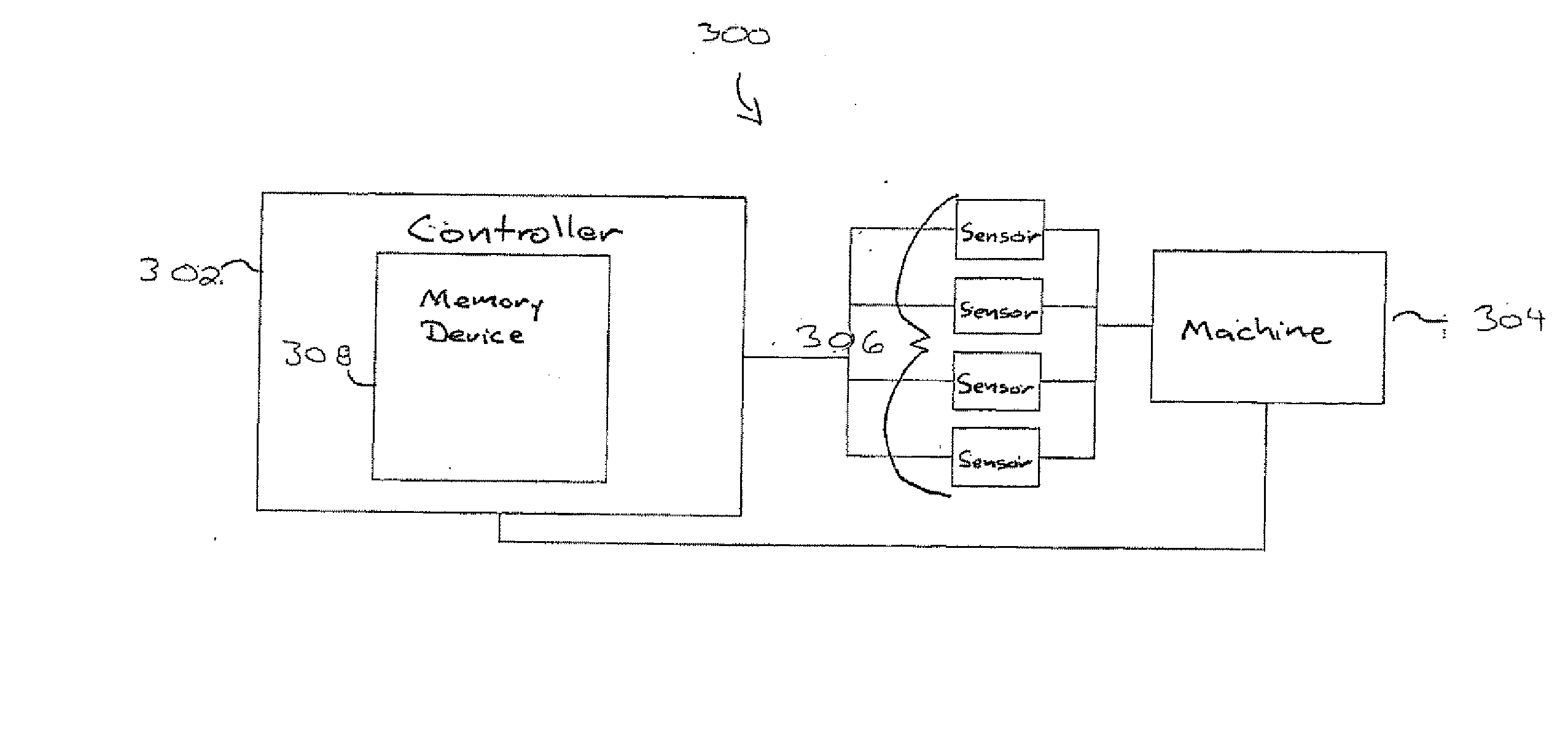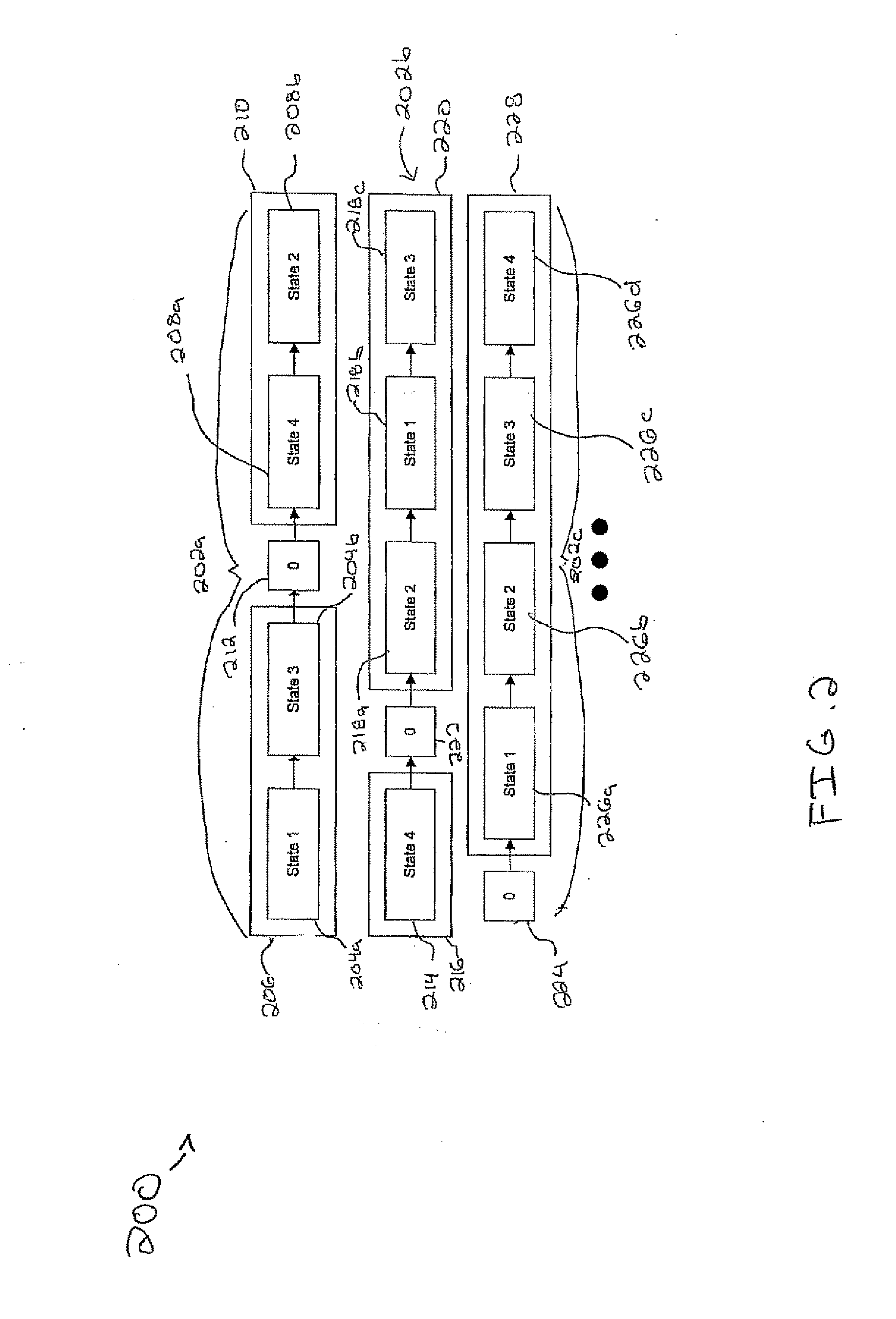System and Method for Case-Based Multilabel Classification and Ranking
a multi-label classification and ranking technology, applied in the field of machine learning, can solve the problems of high computational complexity, difficult to obtain good estimations of calibrated scores (e.g., probabilities), and high computational cos
- Summary
- Abstract
- Description
- Claims
- Application Information
AI Technical Summary
Benefits of technology
Problems solved by technology
Method used
Image
Examples
Embodiment Construction
[0020] Generally, a general framework which allows a monitored system to be associated with a calibrated and ordered set of states is provided. That is, a condition is associated with an entire set of states (e.g., diagnosis level, alert states, etc.) in a particular order with a relevance zero-point. Such a ranking among the states may also be used to specify the order in which an operator should solve problems or process a list of action items. More generally, the monitoring system can be adjusted to support the specific usage of the ranking functionality through the historical data where the annotation reflects the interpretation of the ordering among the alternative states.
[0021] This general framework (e.g., learning algorithm) may be employed in applications other than fault diagnoses. For example, in document categorization, an ordered set of topics which are relevant for a given document (e.g., newspaper articles, emails, etc.) are predicted. If a relatively fine-grained se...
PUM
 Login to View More
Login to View More Abstract
Description
Claims
Application Information
 Login to View More
Login to View More - R&D
- Intellectual Property
- Life Sciences
- Materials
- Tech Scout
- Unparalleled Data Quality
- Higher Quality Content
- 60% Fewer Hallucinations
Browse by: Latest US Patents, China's latest patents, Technical Efficacy Thesaurus, Application Domain, Technology Topic, Popular Technical Reports.
© 2025 PatSnap. All rights reserved.Legal|Privacy policy|Modern Slavery Act Transparency Statement|Sitemap|About US| Contact US: help@patsnap.com



